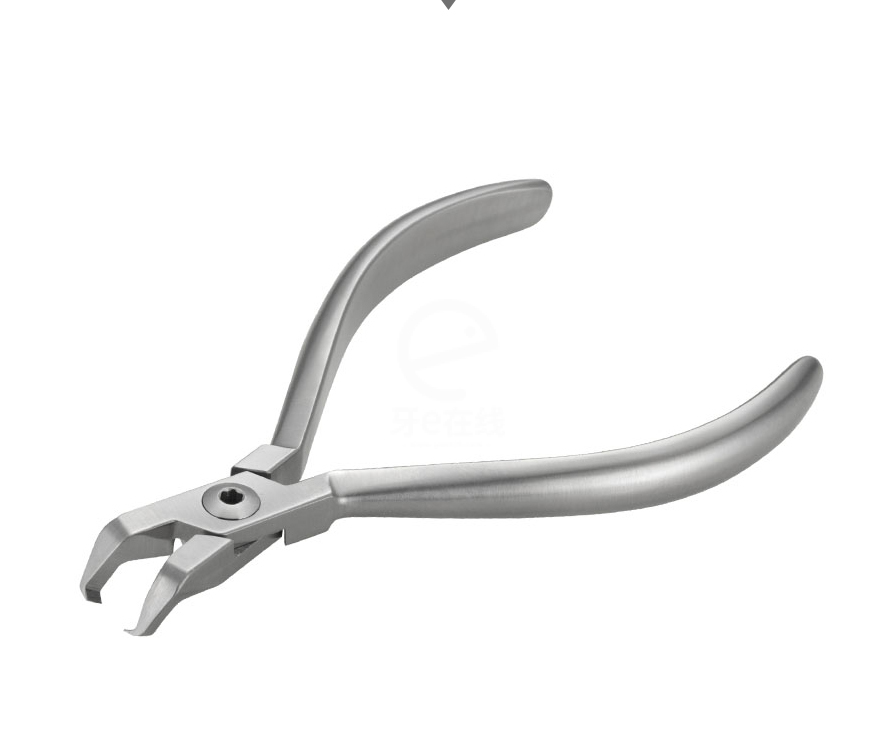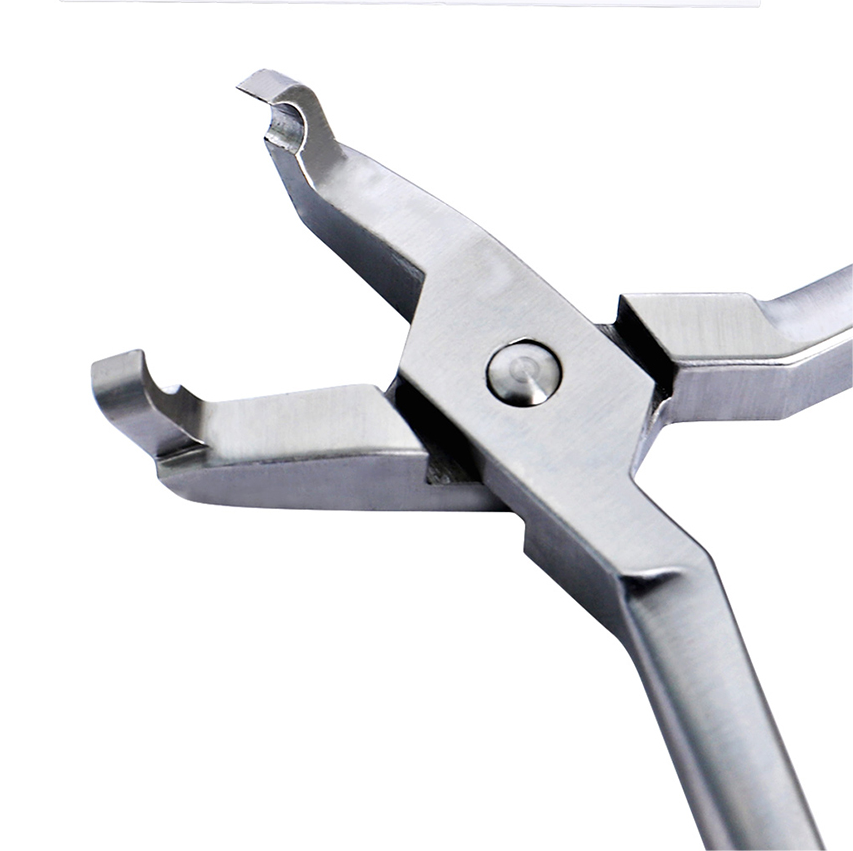What Tools Are Required for Safe Tooth Extractions?
Introduction to Tooth Extractions
Tooth Extractions are among the most common oral surgical procedures performed by dentists and oral surgeons. They may be required for various reasons, including severe decay, infection, periodontal disease, orthodontic treatment, or impacted wisdom teeth. Although some extractions are straightforward, others can be complex, requiring surgical intervention. Regardless of complexity, safe and successful tooth removal depends heavily on the use of the correct instruments. Each tool used during Tooth Extractions has a specific function, from loosening the tooth and controlling soft tissues to ensuring that the extraction site is left clean and ready for healing.
Understanding the Extraction Process
Before exploring the specific tools, it is important to understand the stages of a typical extraction. The process begins with a clinical and radiographic examination to assess the tooth and surrounding structures. Local anesthesia is administered to ensure patient comfort. The dentist or surgeon then uses specialized instruments to loosen the tooth from its socket, elevate it if needed, and finally extract it using forceps. In surgical cases, incisions, bone removal, and suturing may also be required. Each stage of this process requires specific tools designed to perform delicate and precise tasks.
Basic Diagnostic and Preparation Tools
Mouth Mirror
The mouth mirror is one of the simplest but most important instruments in dentistry. It allows the dentist to visualize the tooth and surrounding structures, reflect light into dark areas, and retract soft tissues such as the cheeks and tongue for better visibility.
Dental Explorer and Probe
Explorers and periodontal probes are used in the diagnostic stage to assess tooth structure and gum health. They help confirm whether the tooth is decayed, mobile, or compromised by periodontal disease, influencing the extraction strategy.
Periosteal Elevator
A periosteal elevator is used at the beginning of the extraction process to reflect and retract the gum tissue away from the tooth and bone. This provides clear access to the surgical site and helps preserve soft tissue integrity for better healing.
Tools for Loosening and Elevating Teeth
Elevators
Elevators are indispensable tools in Tooth Extractions. They are designed to loosen the tooth from the periodontal ligament and surrounding bone before removal with forceps. By applying controlled pressure, elevators expand the socket and reduce trauma during extraction. There are several types of elevators, including straight elevators, Cryer elevators, and luxators, each suited for different positions and angulations of teeth.

Luxators
Luxators are similar to elevators but are thinner and sharper, designed to cut the periodontal ligament rather than apply broad pressure. They are particularly useful in atraumatic extractions, where preserving bone and soft tissue is important, such as in implant preparation.
Tools for Removing Teeth
Extraction Forceps
Forceps are the primary instruments used to grasp and remove teeth from their sockets. They are designed to fit the shape and size of specific teeth and are available in various designs for maxillary and mandibular arches. Forceps provide the necessary grip and leverage to remove a tooth safely once it has been loosened.
Surgical Burs and Handpieces
In surgical Tooth Extractions, especially for impacted wisdom teeth, burs mounted on high-speed or low-speed handpieces are used to cut bone or section teeth. This controlled removal of bone or division of a tooth into smaller fragments facilitates safe extraction without excessive force.
Rongeurs
Rongeurs are instruments used to trim bone after extraction. They ensure that sharp bone edges are smoothed, reducing postoperative discomfort and promoting faster healing.
Tools for Surgical Extractions
Scalpels
Scalpels are used to make precise incisions in gum tissue during surgical extractions. They allow surgeons to access impacted or partially erupted teeth hidden beneath the gums.
Bone Chisels and Mallets
In some complex cases, chisels and mallets are used to remove bone around teeth. Although less common with modern rotary instruments, they remain part of the surgical toolkit for controlled bone removal.
Surgical Curettes
After a tooth is removed, curettes are used to scrape the socket and remove any remaining infected tissue, granulation tissue, or debris. This step ensures that the site is clean and reduces the risk of postoperative infection.
Needle Holders and Sutures
When incisions are made, sutures may be required to reposition gum tissue and protect the surgical site. Needle holders and suture materials are essential to complete this stage safely.
Tools for Hemostasis and Patient Safety
Hemostats
Hemostats are clamping instruments used to control bleeding during extractions. They may also be used to grasp tissue, ligate blood vessels, or retrieve small fragments.
Gauze and Bite Blocks
Sterile gauze is placed on the extraction site to control bleeding and encourage clot formation. Bite blocks are used to stabilize the patient’s jaw during prolonged or difficult procedures, reducing muscle fatigue and maintaining safety.
Suction Devices
High-volume suction devices are critical during Tooth Extractions to keep the surgical field clear of saliva, blood, and debris. Clear visibility ensures precise work and minimizes risks.
Post-Extraction Instruments and Materials
Bone Files
Bone files are used to smooth rough edges of the socket after extraction. They provide a finer finish compared to rongeurs and are especially important in surgical cases.
Irrigation Syringes
Irrigation syringes filled with sterile saline are used to flush the socket, ensuring that all debris, bone fragments, and pathogens are removed. This helps promote healing and reduces postoperative complications.
Medicated Dressings
In certain cases, medicated dressings are placed in the socket to control infection, promote healing, or manage conditions such as dry socket.
The Role of Modern Technology
Advances in technology have introduced new tools that enhance the safety and precision of Tooth Extractions. Piezoelectric surgery units, which use ultrasonic vibrations to cut bone with minimal trauma, are increasingly used in complex cases. Cone beam computed tomography (CBCT) scans also provide detailed imaging that guides surgical planning and reduces risks during extraction. These innovations complement traditional instruments and improve outcomes for patients.
Conclusion
Safe and effective Tooth Extractions depend on the careful use of specialized dental instruments. From basic diagnostic tools like mirrors and probes to advanced surgical instruments like burs, curettes, and piezoelectric devices, each tool plays a unique role in ensuring that extractions are performed with precision, minimal trauma, and patient safety in mind. By combining traditional skills with modern technology, dentists and oral surgeons can perform extractions more efficiently and with greater comfort for their patients.
FAQ
What are the most basic tools needed for simple Tooth Extractions?
The most essential tools include elevators, extraction forceps, periosteal elevators, and gauze for bleeding control.
When are surgical tools required in Tooth Extractions?
Surgical tools such as scalpels, burs, curettes, and sutures are required when teeth are impacted, fractured, or otherwise difficult to access.
Why are elevators important during extractions?
Elevators loosen the tooth from the periodontal ligament and bone, making extraction with forceps easier and reducing trauma.
What role do forceps play in Tooth Extractions?
Forceps provide grip and leverage to remove the loosened tooth safely and efficiently.
Are all forceps the same?
No, forceps are designed specifically for different teeth and arches, with unique shapes to ensure proper fit and control.
How is bleeding controlled after an extraction?
Bleeding is managed using gauze, hemostats if needed, and by encouraging the patient to bite down to form a blood clot.
What tools are used to clean the socket after extraction?
Surgical curettes, bone files, and irrigation syringes are used to ensure the socket is free of debris and smooth for healing.
Can modern technology replace traditional extraction tools?
Technology such as piezoelectric units enhances precision but does not fully replace basic tools like elevators and forceps, which remain fundamental.
Why are sutures sometimes required after Tooth Extractions?
Sutures help reposition gum tissue, protect the socket, and promote proper healing after surgical extractions.
How do dentists ensure safety during Tooth Extractions?
Safety is ensured by using sterilized instruments, following precise surgical techniques, maintaining a clear field with suction, and monitoring patient comfort throughout the procedure.
Table of Contents
- What Tools Are Required for Safe Tooth Extractions?
- Introduction to Tooth Extractions
- Understanding the Extraction Process
- Basic Diagnostic and Preparation Tools
- Tools for Loosening and Elevating Teeth
- Tools for Removing Teeth
- Tools for Surgical Extractions
- Tools for Hemostasis and Patient Safety
- Post-Extraction Instruments and Materials
- The Role of Modern Technology
- Conclusion
-
FAQ
- What are the most basic tools needed for simple Tooth Extractions?
- When are surgical tools required in Tooth Extractions?
- Why are elevators important during extractions?
- What role do forceps play in Tooth Extractions?
- Are all forceps the same?
- How is bleeding controlled after an extraction?
- What tools are used to clean the socket after extraction?
- Can modern technology replace traditional extraction tools?
- Why are sutures sometimes required after Tooth Extractions?
- How do dentists ensure safety during Tooth Extractions?

